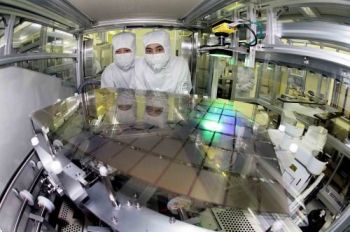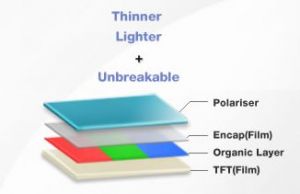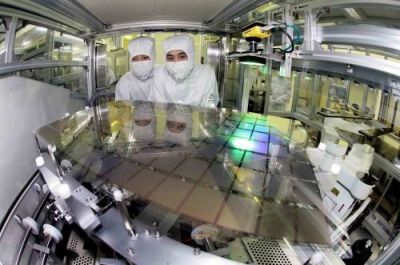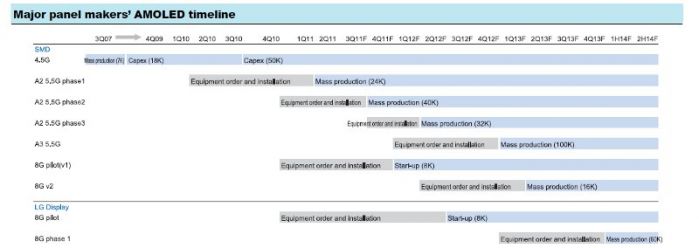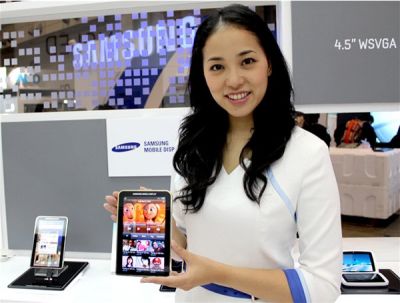Will Samsung use diamond or hexagonal sub pixels in their new AMOLEDs?
According to Digitimes, Samsung's upcoming "next-gen" AMOLED panels will use a new pixel layout. Reportedly, Samsung are developing hexagon and diamond shaped pixels. This means that Samsung will increase the resolution but the picture will suffer due to jagged pixel artifacts and blurring. It's probably that at such high pixel density this won't actually be noticed, but still.
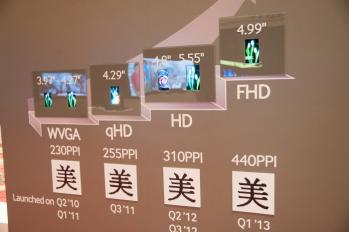
In the Galaxy Note II Samsung introduced a new sub-pixel scheme, an RGB matrix in which the blue subpixel is twice as large as the red and green ones - which achieved 267 PPI. Obviously the new 4.99" Full-HD displays have a much higher PPI (440). I assumed Samsung will use the same PenTile arrangement used in most of their AMOLED displays.


